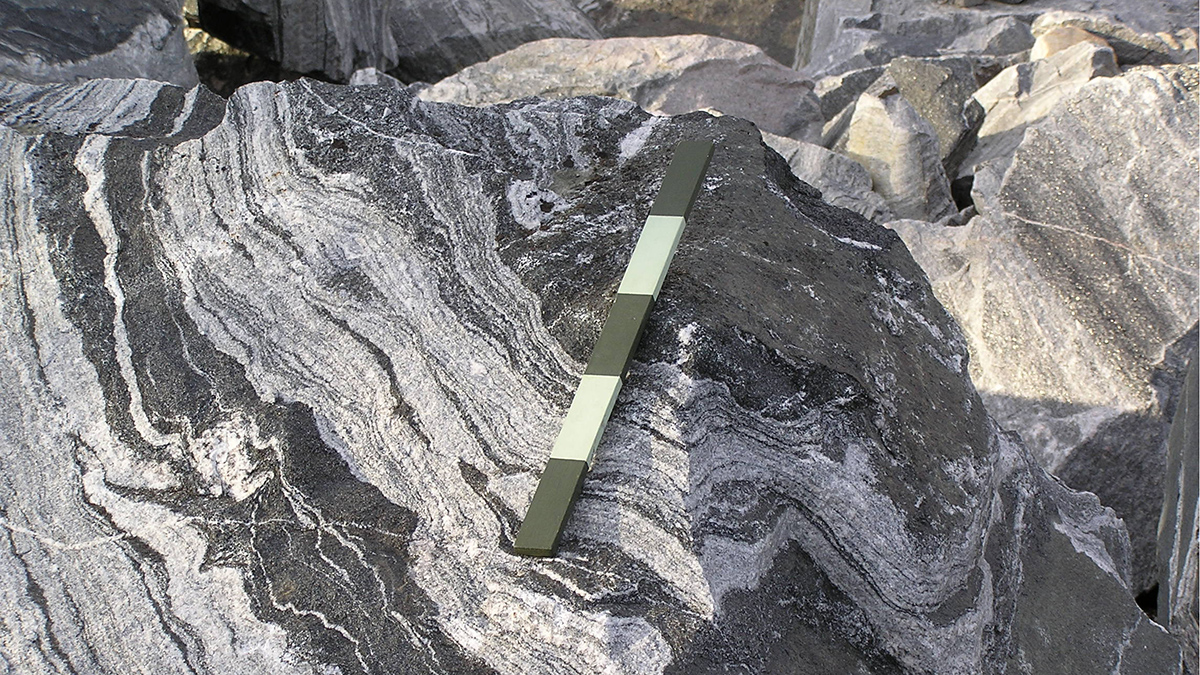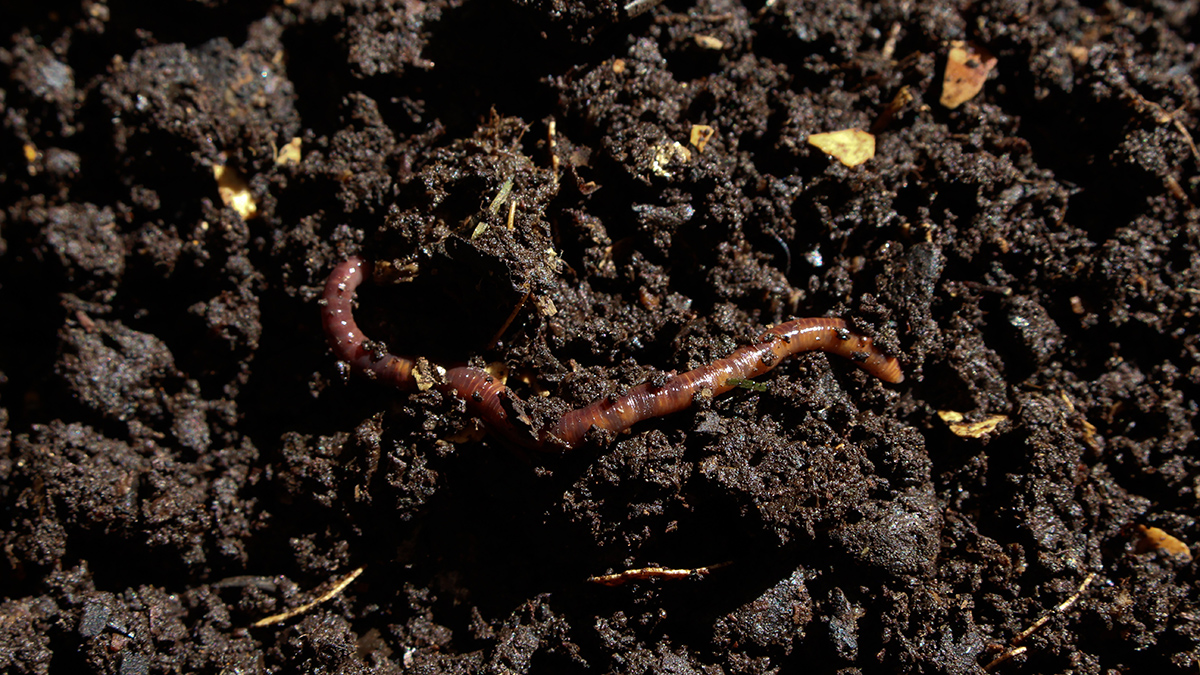A new study suggests melting gabbros may have helped form Earth’s first continents, riling a long-standing debate.
geology
Giant Impacts Might Have Triggered Snowball Earth Events
Running into the right space rock at the right time may have been enough to tip Earth into a runaway cold spell.
A Long-Lost Tropical Island Lies Off Brazil’s Coast
An undersea volcanic plateau in the southwestern Atlantic was a tropical island 45 million years ago.
Volcanic Lightning May Have Retooled the Nitrogen Needed for Life
Early Earth’s volcanoes could have spurred lightning that transformed atmospheric nitrogen, creating molecules that would have been necessary for life to emerge.
Last Chance Lake Harbors the Highest Known Levels of Phosphate
Bodies of water such as this might have functioned as cradles of life, given their unique biogeochemistry.
Law and Order for Friction and Faults: One Law to Rule Them All
Faults are made of complex materials with complex behaviors, and having a single model that can predict these behaviors is an advance in understanding deformation and the earthquake cycle.
Sandy Fingerprints Trace Supply Sources
Geological forensics can trace raw materials back to their source. As global sand demand increases, a new tool could help identify illegal and informal sand mining.
Quartz-Gobbling Worms Are Weathering Earth’s Soils
New research in mineral weathering shows that earthworms may be an important contributor to Earth’s weathering cycle.
Sinking Cities and Rising Waters
Climate-driven sea level rise combines with land subsidence in some of Africa’s fastest-growing cities.
Did These Curious Rock Formations Inspire the Great Sphinx?
New research says it’s plausible the Great Sphinx started life as a geomorphological oddity known as a yardang.










